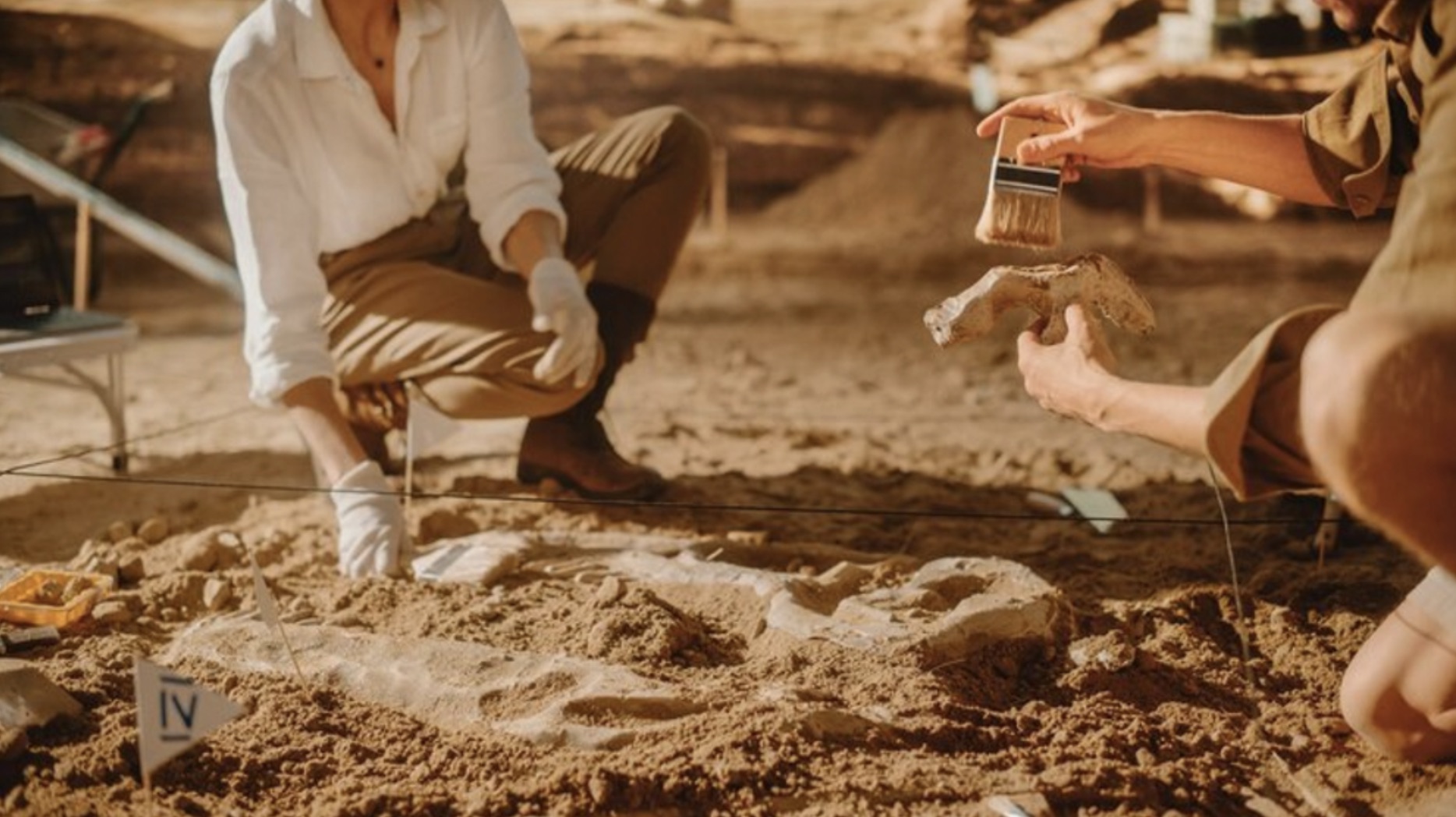New Horned Dinosaur Species Unearthed in Montana
In 2019, paleontologists made a groundbreaking discovery in the badlands of northern Montana near the U.S.-Canada border.
Fossils of a new species of horned dinosaur, Lokiceratops rangiformis, were unearthed on private land in Kennedy Coulee. This significant find was published in the journal PeerJ and has captivated the scientific community.
Meet Lokiceratops rangiformis
Lokiceratops rangiformis is a remarkable addition to the ceratopsid family. This plant-eating dinosaur lived about 78 million years ago during the Late Cretaceous period.

Source: Fabrizio Lavezzi © Evolutionsmuseet, Knuthenborg/CSU
Its name, inspired by the Norse God Loki and caribou-like horns, translates to “Loki’s horned face,” reflecting its unique and ornate horn structure.
Distinctive Horns and Frill
Unlike its famous cousin, the Triceratops, Lokiceratops lacked a nose horn. Instead, it boasted two large asymmetrical horns and over 20 additional horns along the edge of its frill.

Source: Museum of Evolution/CSU
A spike in the middle of the frill added to its distinctive appearance. Researchers describe it as the “largest and most ornate” of its kind ever found.
Impressive Size and Weight
Lokiceratops was a giant among herbivores, measuring approximately 22 feet in length and weighing around 11,000 pounds.

Source: Charles Moll/Unsplash
This massive size made it the largest herbivore in its ecosystem, dominating the swamps and floodplains of what is now present-day Montana.
Piecing Together the Past
The fossils, including a skull and partial skeleton, were initially found in fragments. Dr. Mark Loewen and his team meticulously pieced them together, revealing a dinosaur that had remained unknown to the world for 78 million years.

Source: Freepik
“Turns out, they did fit together with a click,” Dr. Loewen explained, highlighting the excitement of the discovery.
Comparative Analysis
To confirm Lokiceratops as a new species, researchers compared its bones to those of dinosaurs in museums worldwide.

Source: Wikimedia Commons
This rigorous process involved examining subtle differences and unique features that set Lokiceratops apart from other ceratopsids, solidifying its place in the dinosaur family tree.
High Diversity in Ceratopsids
The discovery of Lokiceratops challenges previous assumptions about ceratopsid diversity.

Source: The Print Collector/Getty Images
Dr. Loewen noted that finding five different species of horned dinosaurs living together in the same region is akin to discovering multiple species of elephants coexisting in one habitat.
Lokiceratops' Ecosystem
Living in the lush swamps and floodplains of ancient Montana, Lokiceratops shared its habitat with other ceratopsids and a variety of plant life.

Source: Wikimedia Commons
This thriving ecosystem provided ample food and shelter, supporting the large herbivores and contributing to their impressive size and horn structures.
Significance of the Find
Dr. Joseph Sertich, a co-lead author of the study, described Lokiceratops as “one of the most exciting dinosaurs” he has worked on.

Source: Freepik
Its unique horns and size make it a standout discovery, offering new insights into the evolution and diversity of ceratopsids in North America.
Display and Future Research
The skull bones of Lokiceratops are now permanently displayed at the Museum of Evolution in Maribo, Denmark.

Source: Wikimedia
A reconstruction of the skull and a full-sized sculpture can be seen at the Natural History Museum of Utah in Salt Lake City. Researchers hope to find more specimens to further understand Lokiceratops’ relationships and lifestyle.
Lokiceratops in Context
Lokiceratops is the fifth ceratopsid identified from this region, highlighting a previously underestimated level of dinosaur diversity.

Source: Ken Eckert/Wikimedia Commons
Its discovery not only enriches our understanding of ceratopsid evolution but also provides a glimpse into the complex ecosystems of the Late Cretaceous period.
A New Chapter in Paleontology
The unearthing of Lokiceratops rangiformis marks a significant milestone in paleontology.

Source: Freepik
As researchers continue to explore and study these ancient creatures, each new discovery adds to our knowledge of the prehistoric world, revealing the fascinating and diverse life that once roamed our planet.
